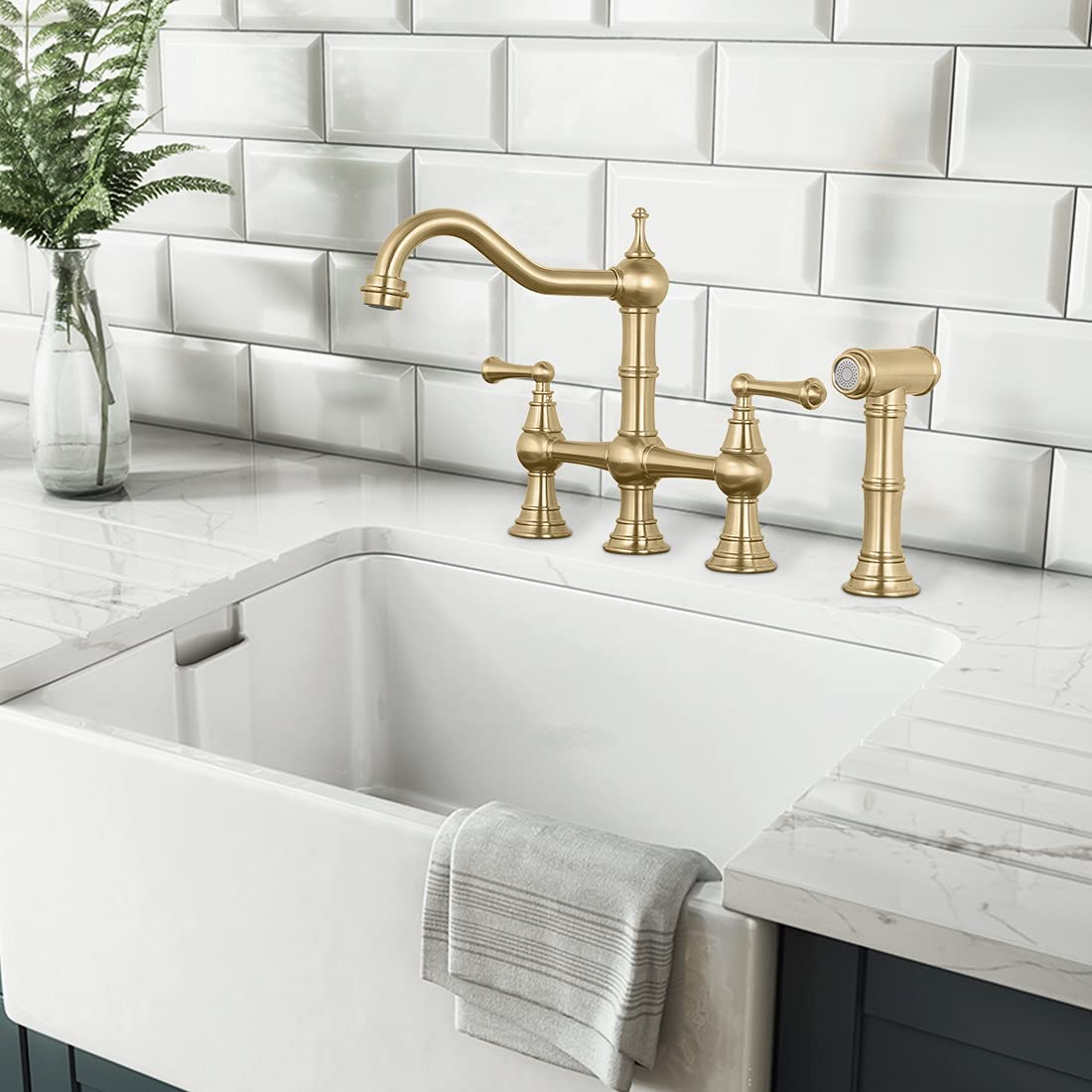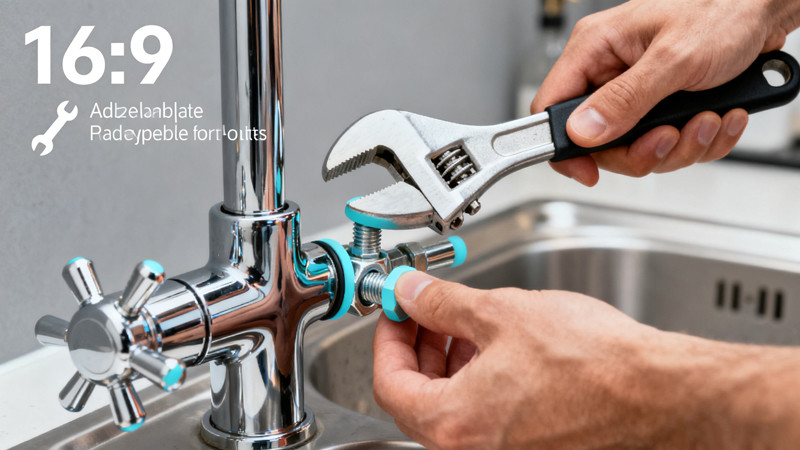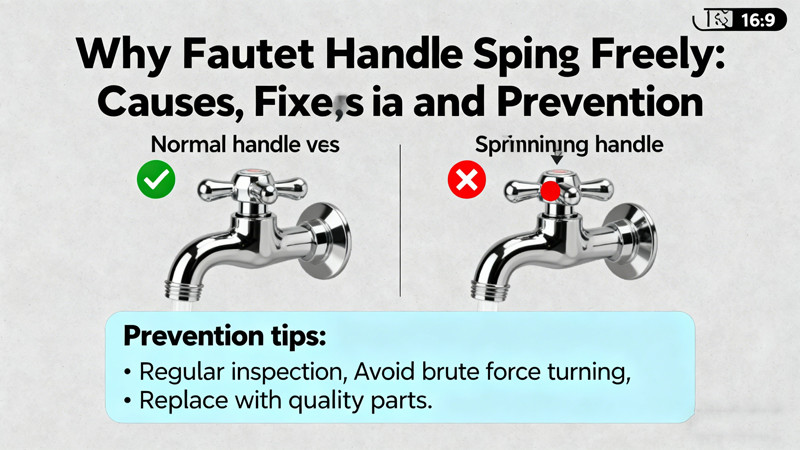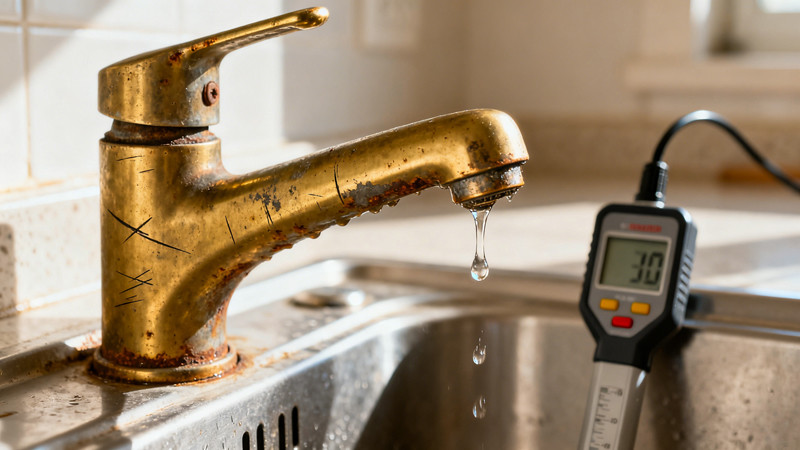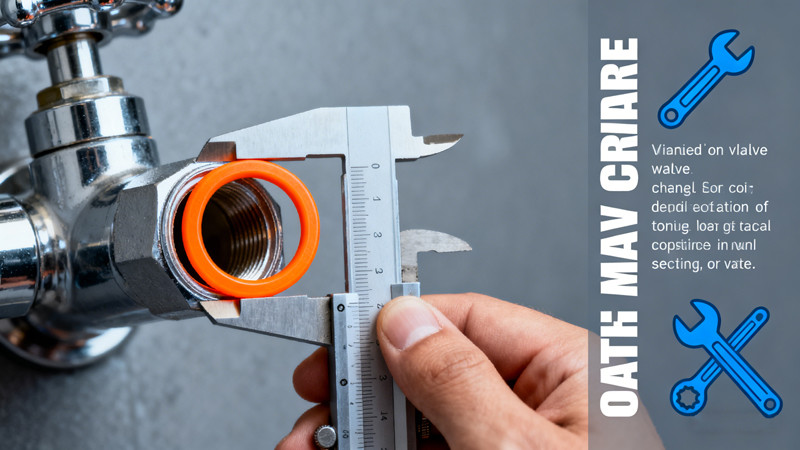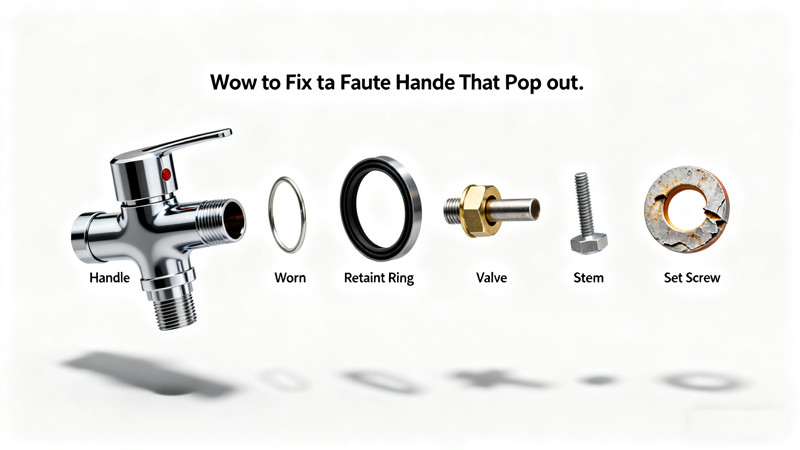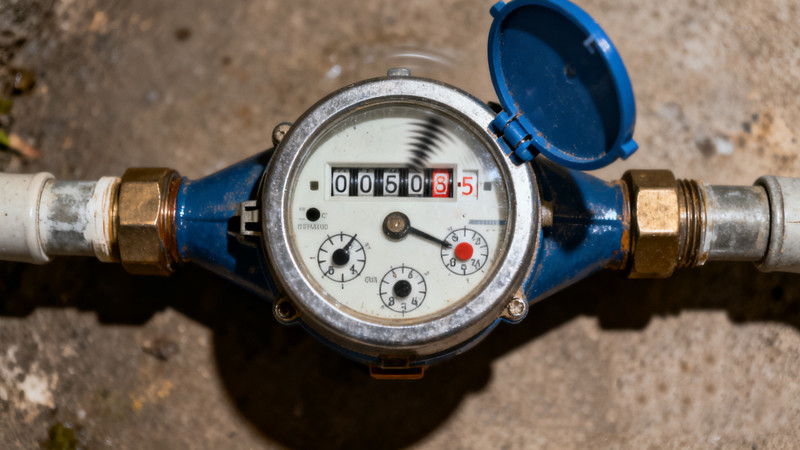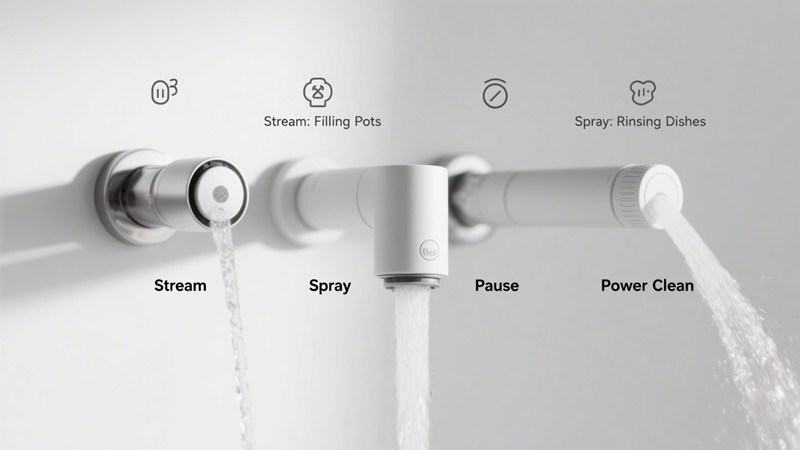 When you’re shopping for a new kitchen or bathroom faucet, most people focus on finish, style, or brand. But there’s one part of a faucet that plays a huge role in everyday usability — the spray head.
When you’re shopping for a new kitchen or bathroom faucet, most people focus on finish, style, or brand. But there’s one part of a faucet that plays a huge role in everyday usability — the spray head.
From rinsing vegetables to blasting away stuck-on food, the right spray head can make cooking and cleaning far more efficient. The wrong one? Well, it might just leave you frustrated and soaked.
This guide breaks down the different types of faucet spray heads, key features to compare, and how to choose the one that best fits your needs and lifestyle.
1. Understanding the Main Types of Faucet Spray Heads
Before comparing specific features, it’s worth knowing the most common spray head designs you’ll encounter.
Pull-Down Spray Heads
- Description: The spray head pulls straight down from the spout and often has a high arc to allow space for pots and pans.
- Best For: Deep sinks, modern kitchens, and anyone who likes a sleek, integrated look.
- Pros: Great reach inside the sink, easy to switch between spray and stream modes, usually more ergonomic.
- Cons: Works best with taller faucets; not ideal if you have limited clearance under cabinets.
Pull-Out Spray Heads
- Description: The spray head pulls toward you horizontally and often has a shorter spout.
- Best For: Shallow sinks, smaller kitchens, or areas with limited overhead space.
- Pros: Flexible for filling pots on the counter, good for smaller work areas.
- Cons: Hose length may be shorter than pull-down models.
Side Sprayers
- Description: A separate spray nozzle installed next to the faucet, connected by its own hose.
- Best For: Traditional sink setups or homeowners replacing older faucets without upgrading the main spout.
- Pros: Keeps main faucet design simple, allows two-person operation (one on faucet, one with sprayer).
- Cons: Takes up extra counter/sink space, can be less convenient than an integrated spray head.
2. Spray Patterns to Consider
Spray pattern affects how water flows from the spray head — and how effective it is for different tasks.
Stream Mode
- What It’s For: Everyday use like filling pots, glasses, or pitchers.
- Pros: Steady water pressure, minimal splashing.
- Consideration: Not as effective for rinsing away stuck-on food.
Spray Mode
- What It’s For: Rinsing dishes, vegetables, and sink surfaces.
- Pros: Covers a larger area, breaks up debris, faster cleaning.
- Consideration: Can create more splashing if sink depth is shallow.
Pause Mode
- What It’s For: Temporarily stopping water flow without turning off the faucet.
- Pros: Saves water when moving between sink and counter.
- Consideration: Not available on all models; check button placement for comfort.
Some spray heads let you switch between these modes with a simple button or toggle, while others require twisting or pulling the nozzle.
3. Hose Length and Flexibility
Hose length determines how far you can pull the spray head from the faucet.
- Standard Range: Most hoses extend 16–30 inches.
- Short Hoses: Easier to control in tight spaces but may not reach large pots outside the sink.
- Long Hoses: More versatile but can be harder to retract if the retraction system isn’t smooth.
Tip: If you have a large or double sink, aim for a longer hose. For smaller sinks, a medium length is usually enough.
Flexibility matters too — braided nylon hoses tend to move more smoothly than cheaper plastic ones.
4. Retraction Mechanism
A good spray head should dock securely when not in use. Retraction systems vary:
- Counterweight & Gravity: Common in pull-down designs; relies on a weight under the sink to pull the hose back in.
- Magnetic Docking: Uses magnets to snap the spray head into place. Often feels more secure and avoids drooping over time.
- Friction Fit: Basic method that uses tension in the hose; can wear out faster.
If possible, test the retraction in a showroom — you’ll quickly notice the difference between a smooth, satisfying dock and one that’s fussy.
5. Build Quality and Materials
Spray heads can be made of:
- Metal: More durable, better weight and feel, often pricier.
- High-Grade Plastic: Common in many mid-range faucets; lighter and corrosion-resistant, but may scratch over time.
The nozzle area might use rubber or silicone tips, which make it easier to wipe away mineral buildup.
6. Water Pressure and Flow Rate
A spray head’s design impacts water pressure:
- High-Flow Models: Fill pots faster but use more water.
- Low-Flow or Aerated Models: Save water while maintaining a strong stream by mixing air into the flow.
Check for WaterSense certification if water efficiency is a priority.
7. Ergonomics and Controls
Comfort matters more than you might think. Look at:
- Button Placement: Can you switch modes without awkward finger stretching?
- Grip Shape: Does it fit comfortably in your hand for extended use?
- Weight: Heavier spray heads feel premium but can tire your wrist with long use.
8. Maintenance and Cleaning
Spray heads inevitably face mineral buildup and grime. Look for:
- Easy-Clean Nozzles: Rubber tips you can wipe with your finger.
- Removable Spray Face: Makes deep cleaning easier.
- Finish Durability: Spot-resistant finishes keep the spray head looking clean longer.
9. Matching the Spray Head to Your Lifestyle
Here’s a quick matching guide:
- For avid cooks: Go for a pull-down spray head with multiple spray modes, long hose, and high water pressure.
- For compact kitchens: A pull-out spray head or short-hose model can be more practical.
- For families with kids: Look for pause mode to reduce water waste and mess.
- For hard water areas: Choose silicone nozzles for easy descaling.
- For design-driven kitchens: Consider a magnetic docking system for a cleaner look.
10. Final Decision Checklist
When comparing faucet spray head options, ask yourself:
- Do I prefer pull-down, pull-out, or side spray?
- Which spray modes do I actually use most?
- Is the hose length enough for my sink size?
- Does the docking system feel secure?
- Am I happy with the weight, grip, and controls?
- Is it easy to clean and maintain?
Bottom Line
The spray head might seem like a small detail, but it’s the part of the faucet you interact with most. By comparing hose length, spray patterns, docking systems, build quality, and ergonomics, you’ll end up with a faucet that’s not just pretty — it’s a pleasure to use every day.
 WOWOW Faucets
WOWOW Faucets